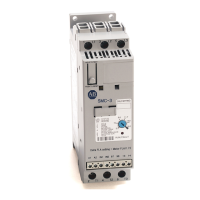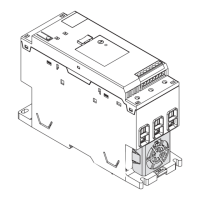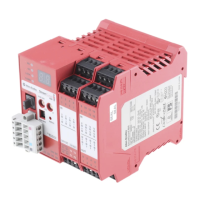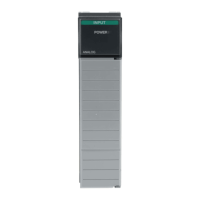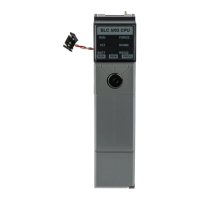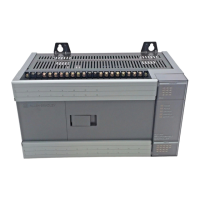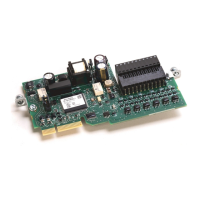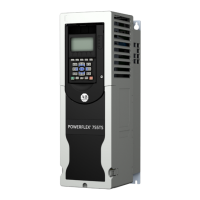104 Rockwell Automation Publication 1560F-UM001A-EN-P - June 2019
Chapter 4 Programming
Full Voltage Start with Stop
The SMC-50 control module may be programmed to provide a full voltage start
(output voltage to the motor reaches full voltage within five line power cycles).
To provide a Full Voltage Start to the motor, the only start parameter that
requires adjustment is the Starting Mode. The Basic parameter set should be used
to program Full Voltage Start to ensure configuration of other motor
configuration and basic protection parameters. Use the parameters in Ta ble 17
to
program a Full Voltage Start and Simple or Stop Mode operation. You can access
the basic parameter set with the HIM (see Table 11 on page 96
).
Table 17 - Full Voltage Start with Stop Parameters
Parameter Name Description Options Default Value
Motor Config Setting for the motor configuration Line Connected Wye or Inside-the-Delta.
(1)
Line, Delta, Auto Detect Auto Detect
Line Voltage Select the value of line voltage being used in the system. The correct line voltage value
must be entered for the voltage protection functions to work properly.
0…15,000V 4160V
Starting Mode This mode must be programmed for Full Voltage Start. Full Voltage
(4)
Full Voltage
(4)
Ramp Time Programs the time period that the controller will ramp the output voltage to full voltage
and motor speed from the programmed Initial Torque value.
0…1000 s 10 s
Initial Torque NOT used for Full Voltage Start. 0…90% LRT 70% LRT
Current Limit NOT used for Full Voltage Start. 50...600% FLC 350% FLC
Stop Mode Programs the desired Stop Mode.
(2)
Coast, Soft Stop, Linear
Speed, Pump Stop
Coast
Stop Time Programs the amount of time desired to ramp from full to zero voltage for Soft, Linear,
and Pump Stop mode. Actual ramp stop time depends on the stop mode selected and
load inertia.
0…999 s 0 s
Input 1 Programs the desired operation of the Control Module to a change in status of Input #1
wired to control terminal #11 (24V DC).
Disable, Start, Coast, Stop
Option, Start/Coast, Start/
Stop, Dual Ramp, OL Select,
Fault, Fault NC, Clear Fault,
Emerg Run
Start/Coast
Input 2 Programs the desired operation of the Control Module to a change in status of Input #2
wired to control terminal #10 (24V DC).
Disable
Aux 1 Config Programs the control function of the Auxiliary Output Contact #1, wired across control
terminal #4 and #5.
(3)
Normal, UTS, Fault, Alarm,
Ext Bypass, Ext Brake, Aux
Control
(5)
, Network 1,
Network 2 Network 3,
Network 4, Fan Control
Normal
Aux 2 Config Programs the control function of the Auxiliary Output Contact #2, wired across control
terminal #6 and #7.
(4)
Overload Class Required for motor protection. Lets you select the time-to-trip for the built-in Motor
Overload. This selection is based on the type of motor being used and the application.
5…30 10
Service Factor Required for motor protection. This programmed value is taken directly from the
nameplate and used by the controller to determine the ultimate Overload Trip Current.
0.01…1.99 1.15
Motor FLC Required for motor protection. This programmed value is taken directly from the motor
nameplate.
1…2200 A 1 A
Starting Torque Starting Torque NOT used for Full Voltage Start. 0…300% RMT 100% RMT
Max Torque NOT used for Full Voltage Start. 0…300% RMT 250% RMT
Rated Torque NOT used for Full Voltage Start. 0…100,000 N•m10 N•m
Rated Speed NOT used for Full Voltage Start. 750, 900, 1000, 1200, 1500,
1800, 3500, 3600 rpm
1800 rpm
(1) In the AUTO Detect [default] selection, the controller automatically checks the motor configuration.
(2) The stopping mode does not need to match the starting mode (for example, a Soft Start can have a stop mode programmed for Coast, or Linear Stop—there is no Current Limit Stop or Torque Stop
mode).
(3) Relay Operational Options (for example, ON and OFF delay, etc.) are provided in the File: Setup, Group: I/O selection sequence. See Ta ble 1 1
.
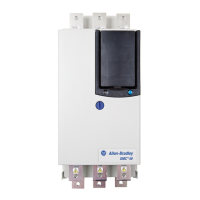
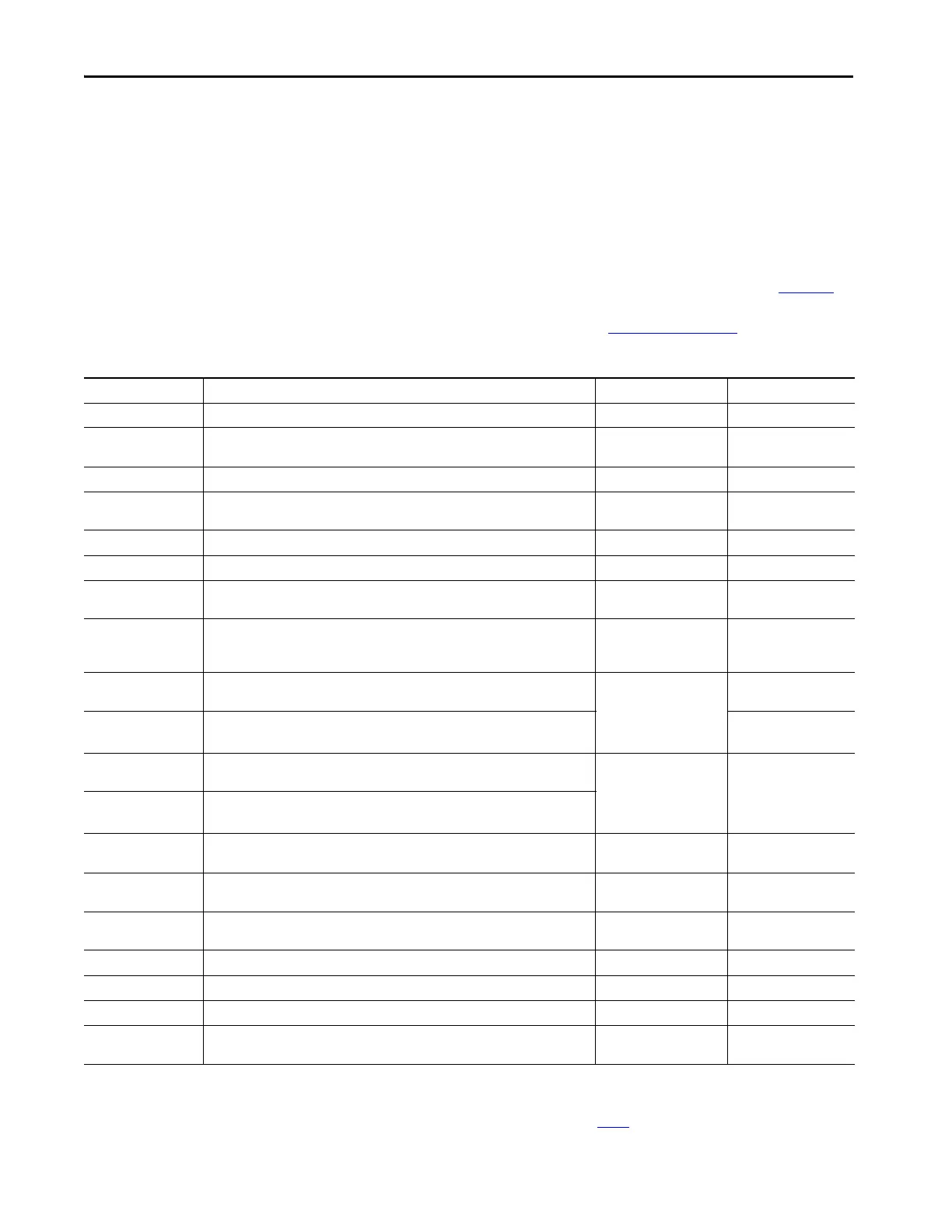